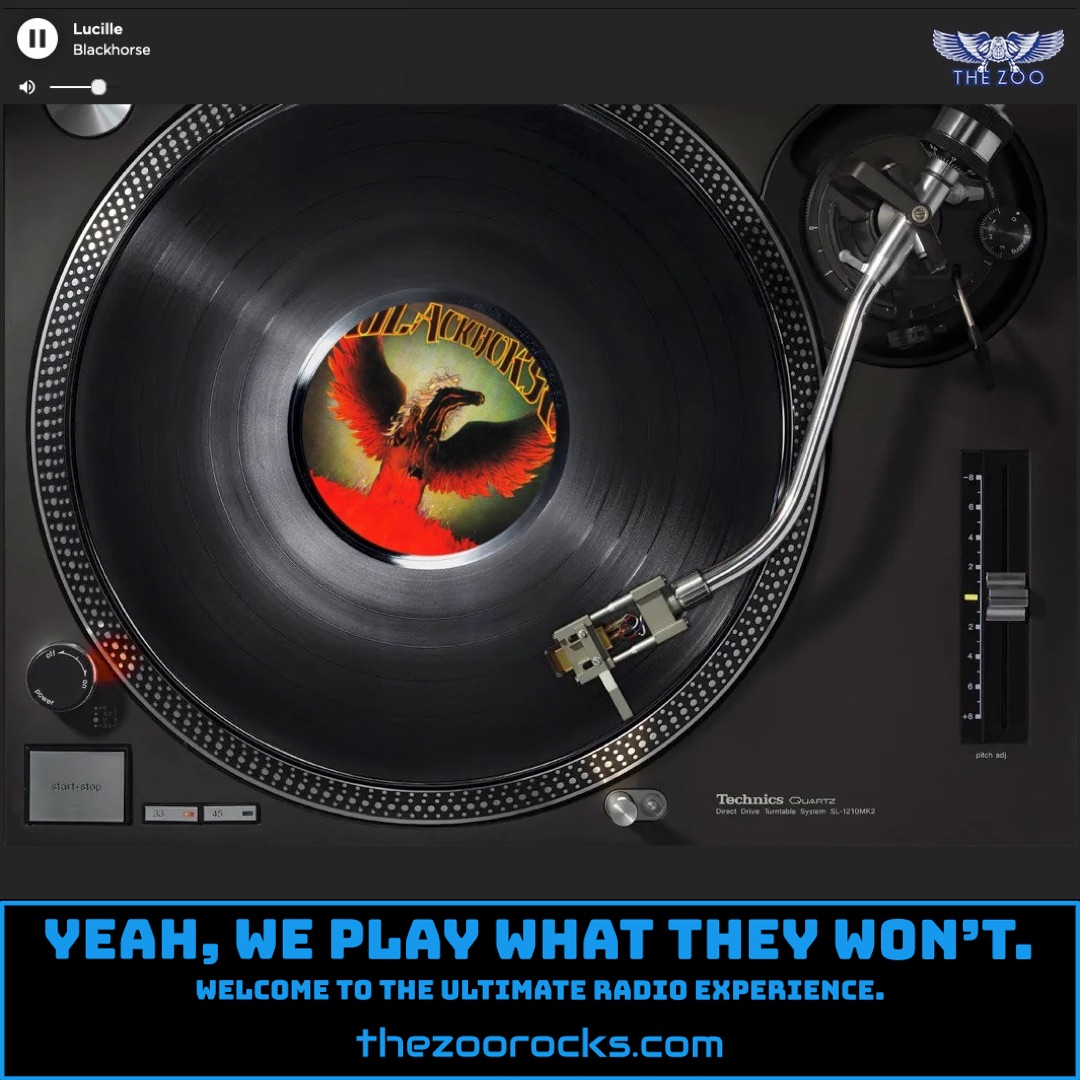The Voice
The Moody Blues
Zoo Freaks, get ready to vibe with some cosmic trivia about "The Voice" by The Moody Blues, a track from their 1981 album Long Distance Voyager that’s perfect for our groovy spin at THE ZOO. This song, penned by guitarist Justin Hayward, was one of the first recorded for the album on April 25, 1980, and it captures a deeply personal moment for him. In a reflective quote, Hayward shared that he was grappling with insecurities about his stardom, the pressure of expectations, and writer’s block, which poured into the song’s lyrics about an inner voice that’s both a guide and a critic. The title itself wasn’t settled until after recording, inspired by this theme of self-reflection.
The track’s lush sound owes much to new keyboardist Patrick Moraz, whose 30-second synthesizer intro—lifted from a piece he wrote a year earlier—sets a dreamy, orchestral tone. Critics raved about Moraz’s contribution, with one review noting his keyboards “pulled the group into the ’80s,” blending The Moody Blues’ classic symphonic rock with a fresh, modern edge. AllMusic called it “a sweeping and majestic call to adventure,” and its driving pop rhythms helped it soar to No. 15 on the Billboard Hot 100 and No. 1 on the Top Rock Tracks chart for four weeks in 1981. Fun fact: Hayward played his iconic guitar solo on a 1963 red Gibson ES-335, adding that signature Moody Blues sparkle.
The Moody Blues began their journey in Birmingham, England, in 1964, rising from the British beat and R&B scene. The original lineup—Graeme Edge (drums), Denny Laine (guitar/vocals), Mike Pinder (keyboards/vocals), Ray Thomas (multi-instrumentalist/vocals), and Clint Warwick (bass/vocals)—scored a UK No. 1 and US Top 10 hit with “Go Now” in 1964. After Laine and Warwick left in 1966, Edge, Pinder, and Thomas brought in Justin Hayward and John Lodge, shifting the band toward psychedelic and progressive rock. Their 1967 album Days of Future Passed, a groundbreaking fusion of rock and classical music with the London Festival Orchestra, cemented their legacy as art rock pioneers.
The band’s name, inspired by Duke Ellington’s “Mood Indigo” and Pinder’s interest in music’s emotional power, reflected their early R&B roots while hinting at their evolving sound. They backed blues legends like Sonny Boy Williamson and Memphis Slim in their first year, but their move to London in 1964 and management by Decca Records’ Alex Wharton set them on a path to global fame. Over decades, they sold over 55 million albums, earned a 2018 Rock and Roll Hall of Fame induction, and left a mark with classics like “Nights in White Satin” and “The Voice.”
Connect with The Moody Blues at their official website, on Facebook, Instagram, and X. Fans can dive deeper at Moody Blues Today, a fan hub with news and tour updates, or join the vibrant Moody Blues Fans Facebook group to share the love with fellow Zoo Freaks. Keep spinning those records, and let “The Voice” guide your cosmic journey!

